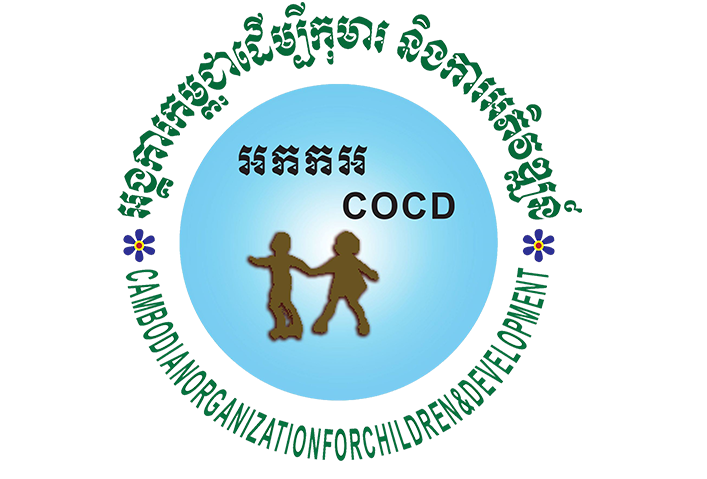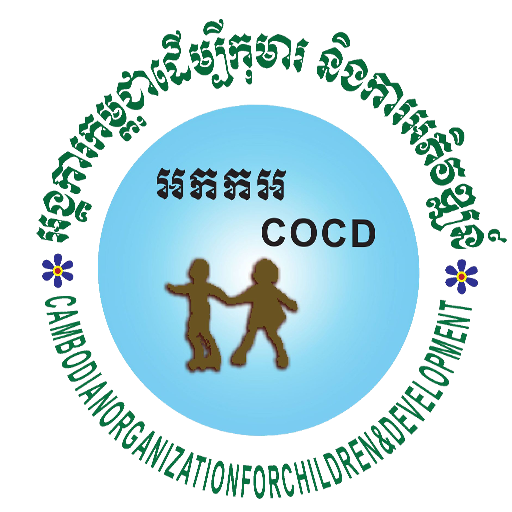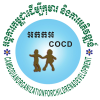What We Do
COCD works with vulnerable children and their families in rural Cambodia who are living in poor conditions and/or at risk of experiencing abuse and exploitation.
COCD aims to improve the lives of vulnerable children by addressing a number of challenges, including: poor education, low family incomes, migration and human trafficking, restricted access to clean water and sanitation, and limited participation in decision making in family, school and community settings.
COCD addresses these issues by planning and implementing integrated rural development programs in partnership with the villagers, local authorities, NGOs and the government sector.
For more information about COCD, please refer to the Strategic Plan – Strategic Plan


